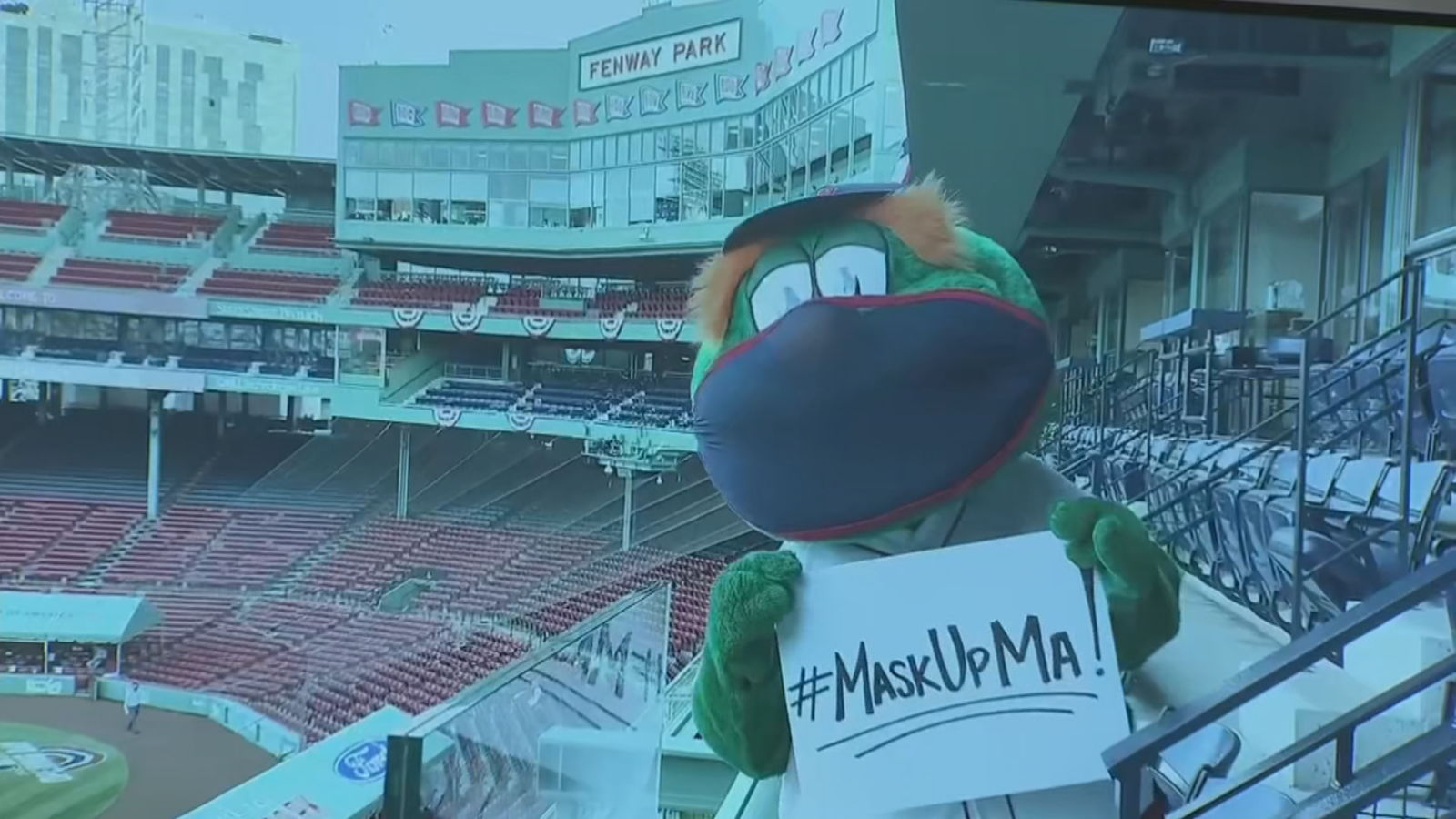Here in Massachusetts, Gov. Charlie Baker has launched the #MaskUpMA campaign to raise awareness and stimulate behaviors that will reduce the spread of COVID-19 in our state in the coming months. His collective efforts to guide the public’s behavior during the pandemic follow the 4-Step Public Behavior Change Model, based on the work of leading public relations behaviorists Jim Grunig, Harold Mendelsohn, Max McCombs & others:
- Coalition Campaign: This phase focuses on 3 steps: Problem Recognition: Good news – the vaccines are here! Bad news: implementation is slower than projected. Therefore, it is critical to follow COVID-19 protocols to slow the spread as we patiently wait for the phase-by-phase vaccinations to protect us. Problem Personalization: To date, there have been over 12,000 deaths and 420,000 cases of COVID19 reported in the state of Mass. A visit to mass.gov will give you access to updated statistics by age, town or city and other demographics – in your preferred language. Constraint Removal: The #MaskUpMA campaign, which reiterates the simple message “wear a mask to protect yourself and others against the spread of COVID19” includes video testimonials by everyone from Governor Baker to Red Sox mascot Wally the Green Monster, PSAs and a dedicated section of the Mass.Gov website Mask Up MA! | Mass.gov
- Enforcement: Since Baker declared a state of emergency in Massachusetts on March 10, a series of executive orders have been signed which range from limits on indoor (10-person) and outdoor (25-person) gatherings to required face coverings in public places to a “stay at home advisory” between 10 p.m. and 5 a.m. Public establishments violating mask-wearing and social distance protocols have faced hefty fines.
- Engineering: Structural changes have been put into place to discourage behaviors that might lead to spreading COVID19. These include closing restaurants at 9:30 p.m. to discourage large late-night gatherings, limiting the number of people per table (6) and setting up tables to comply with social-distancing guidelines. Another example of structural changes: the requirement of temperature checks of patrons when entering certain gyms, dental offices and other places of business.
- Social Reinforcement: 11 months into the COVID-19 pandemic, wearing masks and social distancing have become as familiar as recycling. One could argue that social reinforcement has almost gone overboard as people engage in “mask shaming” – even when people are walking and riding bikes outdoors and observing social distance protocols.
This model makes sense when applied to just about any issue (see JJ&W blog from July 2017 on “Changing Behaviors on Concussion Treatment Through Chalk Talk) and will undoubtedly serve as the foundation for vaccination, COVID-testing and other behavior-change campaigns.

